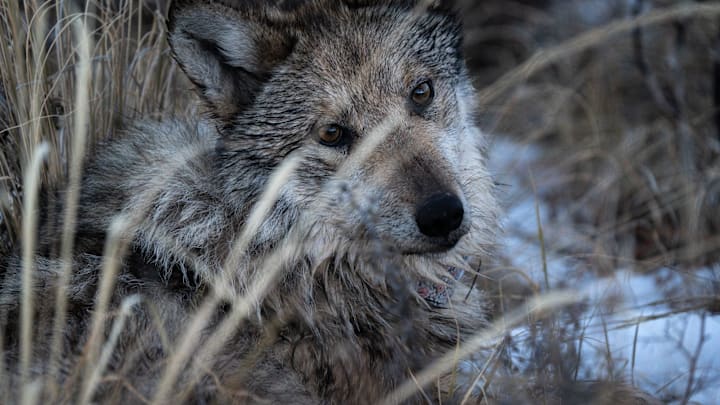On October 1, 2024, Colossal Biosciences shook the science world by bringing back the extinct species of dire wolf, which hasn't walked the earth for thousands of years. But just how real are these pups compared to their ancestors? And is this the first step in reintroducing extinct species to our modern world?
According to Colossal's reports, their dire wolves were created from the base genome of a gray wolf as a building block. It is wholly impossible to truly bring back an extinct animal, but the DNA within a gray wolf shares a reported 99.5% identical genetic makeup to dire wolves. With that relevant DNA match, Colossal was able to start with a reasonably promising baseline towards bringing back this extinct species.
Where did Colossal Biosciences Obtain Dire Wolf DNA?
The DNA that Colossal Biosciences used in order to bring back the dire wolf was collected via fossilized remnants of the extinct canine. Samples such as fossilized dire wolf teeth and preserved skull bones were enough to give the researchers what they needed in order to have viable DNA that they could then isolate into usable samples for the revival process.
How were the dire wolf pups born?
Taking the DNA samples, Colossal mapped it to the dire wolf's closest living relative, which is the gray wolf. As mentioned prior, the two species, though separated by the passage of time, share a high percentage of genetic similarities. This in turn allowed Colossal's team to use the gray wolf's DNA as a base genome for the revival of the dire wolf.
Once a successful DNA sequence was achieved, Colossal's next task was to find a surrogate mother to carry the embryos to term. This was a delicate process, as it was important to find a surrogate mother that was healthy enough and capable of carrying a non-native wolf pup to full term without any dangers to the puppies and the mother. They found their match in not a wolf, but rather a domestic hound mix that possessed a large frame and was, most importantly, healthy. Two hound dogs were chosen for this experiment, receiving one embryo each.
The pregnancies were carried to full-term, resulting in the birth of two male dire wolf pups. Romulus and Remus, named after the orphaned twin brothers in ancient Roman mythology who were raised by wolves and founded the Roman Empire. The pups entered the world on October 1, 2024, and were born healthy and without any complications.
A few months after the birth of Romulus and Remus, a third dire wolf pup was born as a result of another procedure carried out by Colossal. This time, it was a female, Khaleesi, named after a character from George R. R. Martin/HBO's Game of Thrones series. Khaleesi was born on January 30, 2025, bringing the dire wolf pack to a proud number of three healthy pups.
What does this mean for the future of genetics?
Romulus, Remus, and Khaleesi are not the first projects that scientists have used to gauge whether or not animal DNA can be manipulated on a drastic level. Dolly the lamb, which was successfully cloned on July 5, 1996, was the first animal to be born via scientific intervention. Though Dolly lived longer than anyone expected, she was ultimately put down due to progressive lung disease and severe arthritis.
Though Dolly was not an extinct species, and our new dire wolf pack are not technically clones, there is still the uniting link between splicing DNA and forcing its cooperation to bring about what should/used to happen naturally. The longevity and overall health of the dire wolf pack will be pivotal in deciding whether or not Colossal Bioscience's dream of bringing back extinct species is actually viable. Only time will tell whether or not this latest endeavor will yield anything of worth.
But for now, we can safely say that the dire wolves walk amongst us again. In some form, at least.
